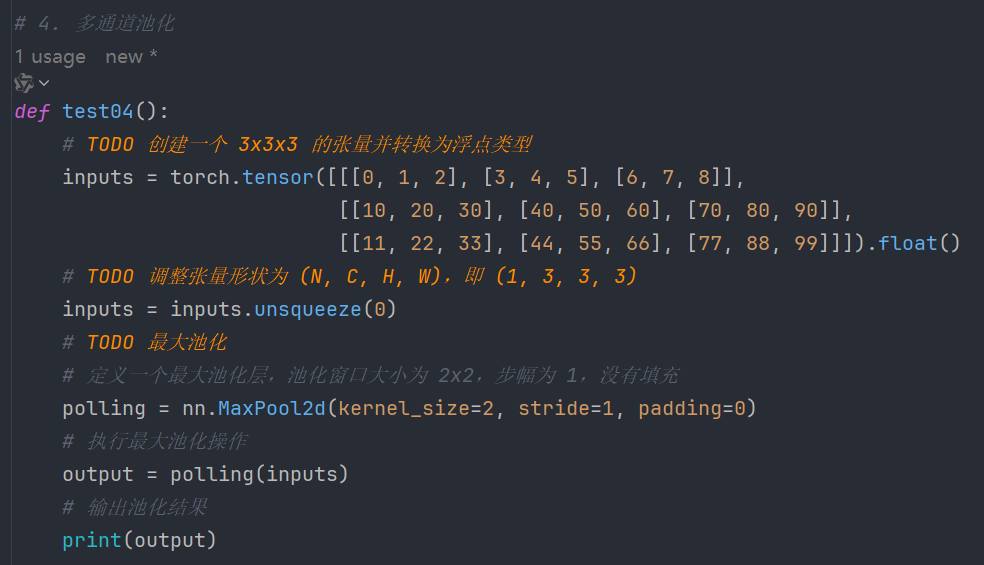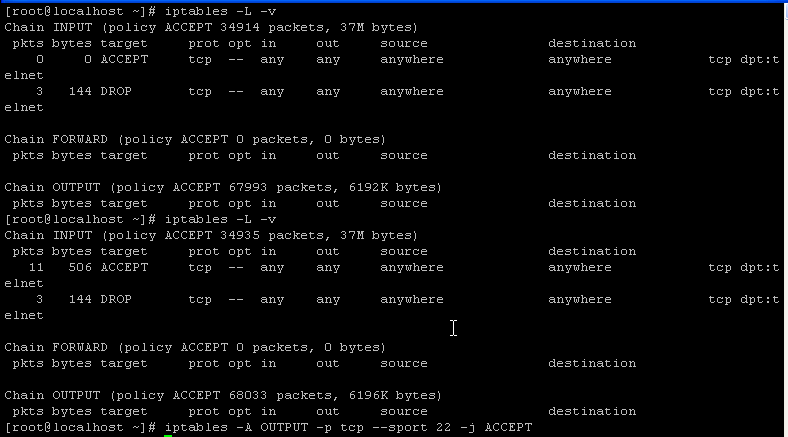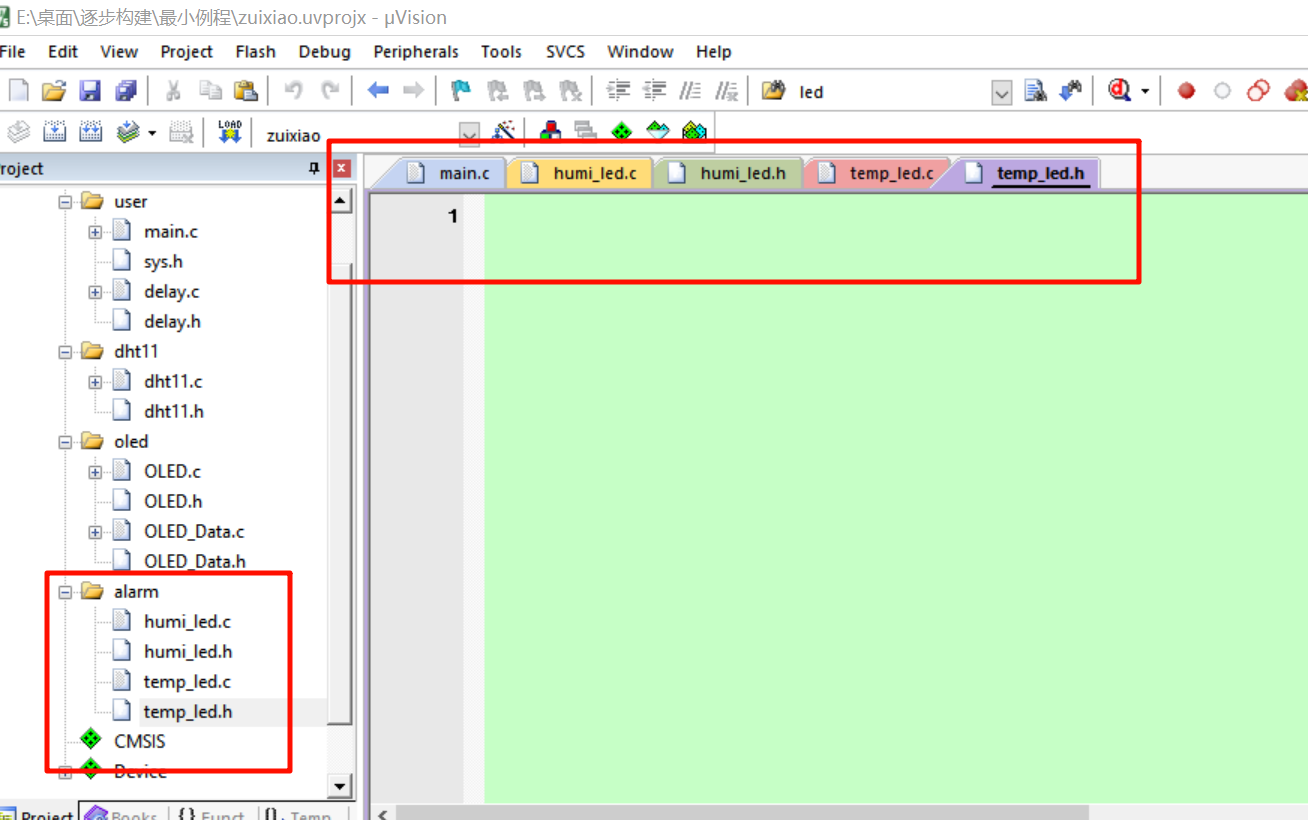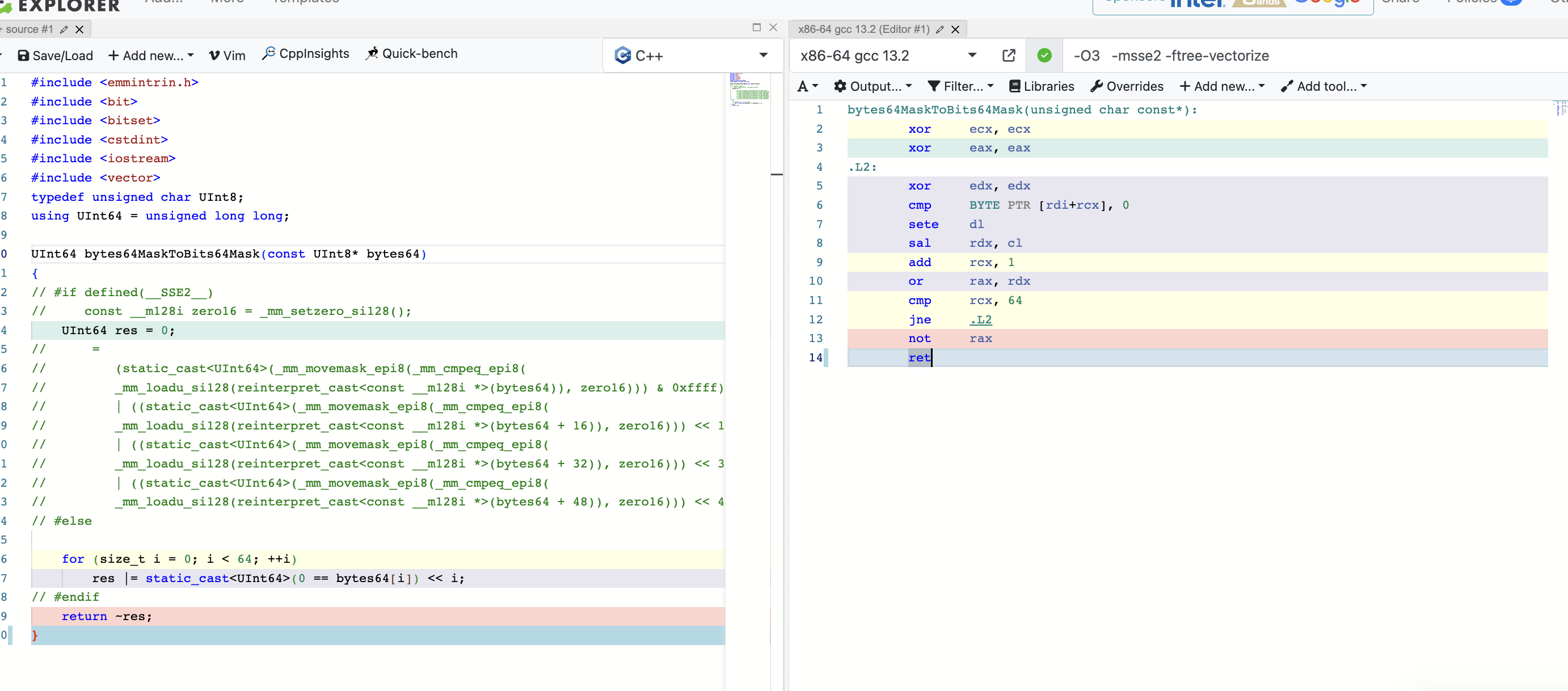在前面我们已经学过顺序表以及单链表、双向表链的实现都是一种线性表,这里可以我们介绍栈和队列——是具有特殊化的线性表
栈
栈的概念以及结构
栈:⼀种特殊的线性表,其只允许在固定的⼀端进⾏插入和删除元素操作。进⾏数据插⼊和删除操作的⼀端称为栈顶,另⼀端称为栈底。栈中的数据元素遵守后进先出LIFO(Last In First Out)的原则。
压栈:栈的插⼊操作叫做进栈/压栈/入栈,入数据在栈顶。
出栈:栈的删除操作叫做出栈。出数据也在栈顶。
下面我们来用一幅图来表示栈的进栈以及出栈的详细情况

看到这幅图,很多人会想到用数组来实现,因为数组就是在尾部进行插入

将这幅图旋转其实就有一些类似于栈这一种数据结构 
本质上,栈的实现可以通过底层数组来实现 ,不过其也可以通过单链表来实现

不过,相对而言数组的结构实现更优一些。因为数组在尾上插入数据的代价比较小。
栈的底层定义(代码)
#pragma once
#include<stdio.h>
#include<stdlib.h>
#include<assert.h>
#include<stdbool.h>
typedef int STDataType;
typedef struct Stack
{
STDataType* arr;
int capacity;
int top;
}ST;
// 初始化栈
void STInit(ST* ps);
// ⼊栈
void STPush(ST* ps, STDataType x);
//出栈
void STPop(ST* ps);
//栈是否为空
bool STEmpty(ST* ps);
//取栈顶元素
STDataType STTop(ST* ps);
//获取栈中有效元素个数
int STSize(ST* ps);
// 销毁栈
void STDestroy(ST* ps);
栈的相关底层函数和顺序表的实现基本上是一样滴!!!
栈的初始化
void STInit(ST* ps)
{
assert(ps);
ps->arr = NULL;
ps->capacity = ps->top = 0;
}入栈
void STPush(ST* ps, STDataType x)
{
assert(ps);
if (ps->capacity == ps->top)
{
int newcapacity = ps->capacity == 0 ? 4 : 2 * ps->capacity;
STDataType *tmp = (STDataType* )realloc(ps->arr, newcapacity * sizeof(STDataType));
if (tmp == NULL)
{
perror("realloc fail!");
exit(1);
}
ps->arr = tmp;
ps->capacity = newcapacity;
}
//空间足够
ps->arr[ps->top++] = x;
}出栈
void STPop(ST* ps)
{
assert(ps);
assert(!STEmpty(ps));
--ps->top;
}判断栈是否为空
//栈是否为空
bool STEmpty(ST* ps)
{
assert(ps);
return ps->top == 0;
}取栈顶元素
STDataType STTop(ST* ps)
{
assert(ps);
assert(!STEmpty(ps));
return ps->arr[ps->top - 1];
}获取栈的有效个数
int STSize(ST* ps)
{
assert(ps);
return ps->top;
}
销毁栈
void STDestroy(ST* ps)
{
assert(ps);
if (ps->arr)
{
free(ps->arr);
}
ps->arr = NULL;
ps->capacity = ps->top = 0;
}队列
队列的概念以及结构
队列:只允许在⼀端进⾏插⼊数据操作,在另⼀端进⾏删除数据操作的特殊线性表,队列具有先进先出FIFO(First In First Out)
入队列:进行插入操作的⼀端称为队尾
出队列:进行删除操作的⼀端称为队头
队列也可以数组和链表的结构实现,使⽤链表的结构实现更优⼀些,因为如果使⽤数组的结构,出队列在数组头上出数据,效率会⽐较低。
队列的底层定义(代码)
#pragma once
#include<stdio.h>
#include<stdlib.h>
#include<assert.h>
#include<stdbool.h>
typedef int QDataType;
typedef struct QueueNode
{
QDataType data;
struct QueueNode* next;
}QueueNode;
typedef struct Queue
{
struct QueueNode* phead;
struct QueueNode* ptail;
int size;//保持队列有效数据个数
}Queue;
//初始化队列
void QueueInit(Queue* pq);
// ⼊队列,队尾
void QueuePush(Queue* pq, QDataType x);
//队列判空
bool QueueEmpty(Queue* pq);
// 出队列,队头
void QueuePop(Queue* pq);
//取队头数据
QDataType QueueFront(Queue* pq);
//取队尾数据
QDataType QueueBack(Queue* pq);
//队列有效元素个数
int QueueSize(Queue* pq);
//销毁队列
void QueueDestroy(Queue* pq);队列的初始化
void QueueInit(Queue* pq)
{
assert(pq);
pq->phead = pq->ptail = NULL;
pq->size = 0;
}判断队列是否为空
bool QueueEmpty(Queue* pq)
{
assert(pq);
return pq->phead == NULL && pq->ptail == NULL;
}入队列——即队尾
void QueuePush(Queue* pq, QDataType x)
{
assert(pq);
//申请新节点
QueueNode* newnode = (QueueNode*)malloc(sizeof(QueueNode));
if (newnode == NULL)
{
perror("malloc fail!");
exit(1);
}
newnode->data = x;
newnode->next = NULL;
//ptail newnode
if (pq->phead == NULL)
{//队列为空
pq->phead = pq->ptail = newnode;
}
else
{
//队列不为空
pq->ptail->next = newnode;
pq->ptail = pq->ptail->next;//newnode
}
pq->size++;
}
出队列——即对头
void QueuePop(Queue* pq)
{
assert(pq);
assert(!QueueEmpty(pq));
//只有一个结点的情况,避免ptail变成野指针
if (pq->ptail == pq->phead)
{
free(pq->phead);
pq->phead = pq->ptail = NULL;
}
else
{
//删除队头元素
QueueNode* next = pq->phead->next;
free(pq->phead);
pq->phead = next;
}
--pq->size;
}取对头数据
QDataType QueueFront(Queue* pq)
{
assert(pq);
assert(!QueueEmpty(pq));
return pq->phead->data;
}取队尾数据
QDataType QueueBack(Queue* pq)
{
assert(pq);
assert(!QueueEmpty(pq));
return pq->ptail->data;
}队列有效元素个数
int QueueSize(Queue* pq)
{
assert(pq);
/*int size = 0;
QueueNode* pcur = pq->phead;
while (pcur)
{
size++;
pcur = pcur->next;
}
return size;*/
return pq->size;
}销毁队列
void QueueDestroy(Queue* pq)
{
assert(pq);
assert(!QueueEmpty(pq));
QueueNode* pcur = pq->phead;
while (pcur)
{
QueueNode* next = pcur->next;
free(pcur);
pcur = next;
}
pq->phead = pq->ptail = NULL;
pq->size = 0;
}以上就是栈和队列的实现——感谢各位的喜欢!



![[Docker][Docker NetWork][上]详细讲解](https://i-blog.csdnimg.cn/direct/3c248d44a9024e3fb18d2f11fd9e54a1.png)















